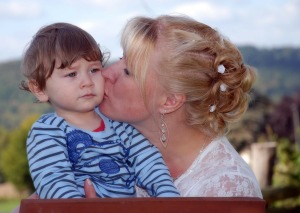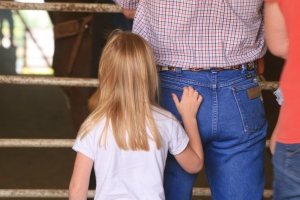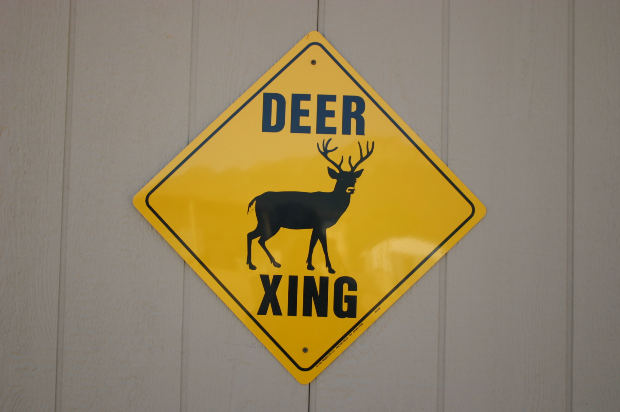Confidence, the willingness to have a go and to get up and try again after an unsuccessful attempt, is crucial to learning.
Attached to real confidence, as opposed to false bravado, are certain types of knowledge:
- of the desired outcome
- of possible steps to achieving the outcome
- of what is needed to achieve the outcome
- of where and how to find the knowledge or support necessary to achieve the outcome
and an openness to possibilities.
Knowing what one doesn’t know is just as important as knowing what one does!
Caroline Lodge expressed a similar view on her blog just this week, confessing that she didn’t know how to go about revising her novel, but that she did know what to do about not knowing: she enrolled in an online editing course. She attributed the view of intelligence as “knowing what to do when you don’t know what to do” to the educationalist Guy Claxton.
I wasn’t aware of Claxton but he sounded like my sort of educationalist so I decided to investigate further.
A Google search brought up this result:

Hmm – seems like, according to Claxton, that definition of intelligence is first attributed to Jean Piaget. I’d better read his article: Learning to learn: a key goal in a 21st century curriculum.
I didn’t have to read far into the article before I knew that Caroline had sent me in the direction of another great educator (thanks Caroline).
In the introduction Claxton says,
“The well-rehearsed economic argument says that knowledge is changing so fast that we cannot give young people what they will need to know, because we do not know what it will be. Instead we should be helping them to develop supple and nimble minds, so that they will be able to learn whatever they need to. If we can achieve that, we will have a world-class workforce comprising people who are innovative and resourceful. The personal argument reaches the same conclusion.”
I have expressed similar views previously on this blog, including here, here and here.
A little further into the article Claxton introduces a new (to me) term: illearnerate. He described students not thinking of themselves as effective real-life learners. He says,
“They think that school has not only failed to give them what they need, it has actually compounded the problem.”
The term is new, but the thinking is not!
He goes on to say that,
“More fundamental even than the concern with literacy and numeracy is the need to protect and develop young people’s learnacy.”
What great terms, illearnerate and learnacy, I have added to my vocabulary today!
The steps I am taking are definitely enhancing my learning. I think I am learnerate.
However, I digress. I was looking for the attribution to Piaget and, a little further into the article, there it was:

I looked further online for confirmation of the quote and found this on goodreads:

I think there is a subtle difference in the interpretation given by Claxton and would say that intelligence is not so much defined by, but incorporates “knowing what to do when you don’t know what to do”.
A few weeks ago I used images in my post Bring a plate that prompted Geoff Le Pard to ask,
“How do you do the images? Adding the captions?”
I said that I used PowerPoint and would post some instructions if he thought it could be useful. He said that it would be, and Anne Goodwin agreed.
For some time I had been wanting to create an instructional video using a capture of what I was doing onscreen. However it hadn’t reached the top of my to-do list. This seemed the perfect opportunity to put it there and do the learning required.
In response to Geoff’s request I made this video demonstrating how to insert pictures and text in PowerPoint, then group and save them as one image.
For my first attempt I was fairly pleased with the result, though I fear the video may be a bit long at 10 minutes. Maybe I should have started with a simpler image – one picture and one text box may have been enough for the demonstration to be effective. I’d be pleased to know what you think.
After I had finished the video it occurred to me that I may not have addressed Geoff’s question at all, that the combination of image and caption that Geoff was referring to may have been the image of the whole PowerPoint slide, like this one:

If so, then my first video would be of no use to Geoff.
There is a saying attributed to George Bernard Shaw:
“Those who can do, and those who can’t teach.”
I both agree and disagree with the statement for different reasons. Teaching is an incredibly important profession and not everyone can do it. Looking beyond the profession to simply teaching someone a skill is also something that not everyone can do. Sometimes I think that the one most capable of teaching a skill is the one who struggled to learn it; not the one who was able to do it effortlessly and almost by intuition.
The ability to teach requires knowledge of each step or each component and how they work together. This knowledge helps the teacher understand where a learner is confused or what the learner needs to know.
So just as teachers in classrooms provide resources and strategies to cater for a range of needs and abilities, I have produced a second video demonstrating how to make an image of a PowerPoint slide. This shorter (five minute) video explains how to create images using three different methods: Snagit, Snipping Tool, and printscreen function. I hope I have explained the steps for each clearly.
Important update: Do not do this at home. Do not follow the procedures in this video.
Since viewing this post and videos my daughter Bec has told me of a much easier way to create an image of a PowerPoint slide, or of every slide in a presentation. Maybe you know of it too.
Here’s how to do it:
- Click on the slide you wish to make an image of, or any slide if you wish to make images of all slides in the presentation
- Go to file, save as
- Choose Save as type: PNG
- Click Save – you will be asked which slides you wish to export: all or just this one
- Selecting all saves every slide as a separate image to a new folder with the file name you choose; selecting just this one saves only the slide selected.
How easy is that? Thanks Bec. 🙂 And I don’t mind that I found out after making the video. I wanted to learn how to do that anyway, and now I have learned something else as well. Great steps in learning. I’m learnerate!
The discussion of steps to learning tied in very nicely with the flash fiction prompt set by Charli Mills at the Carrot Ranch this week. Charli challenged writers to In 99 words (no more, no less) write a story about steps, stairs or a staircase.
This is my response:
If only
She collapsed, exhausted. Stairs led up and stairs led down; some steep, some wide, some narrow, most dark. Her head spun and vision blurred. Which way now? Which way had she come? Had she been going up and down these stairs forever? Going around in circles? They all now looked the same. She didn’t even know if she’d been in this place before.
“I’m trapped,” she thought. “Stuck here forever.”
She closed her eyes, surrendering to despair.
Outside birds heralded the rising sun. She was lost, oblivious of its promise.
If only she had recognised the door.

Thank you for reading. I appreciate your feedback. Please share your thoughts about any aspect of this post, including the videos and flash fiction.
































